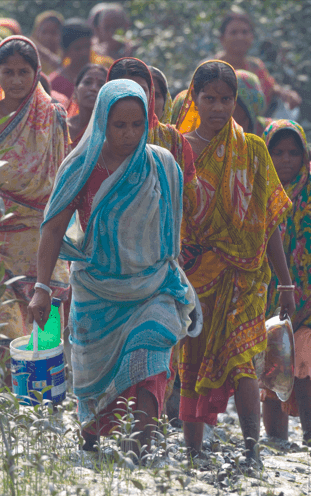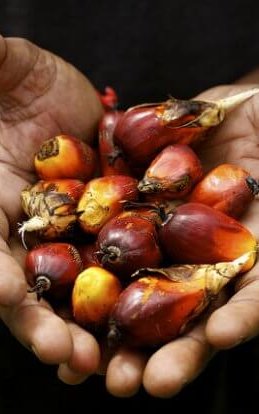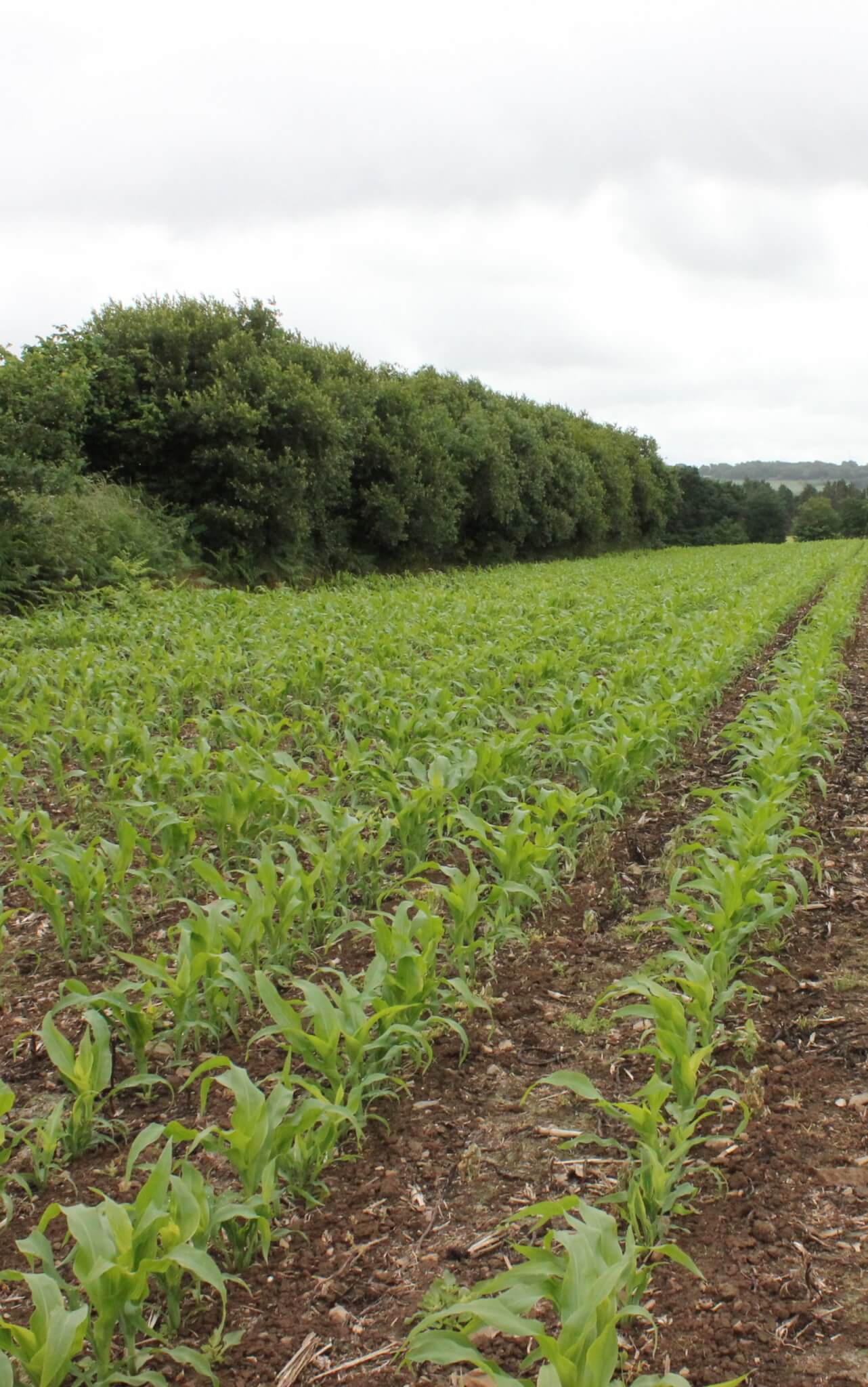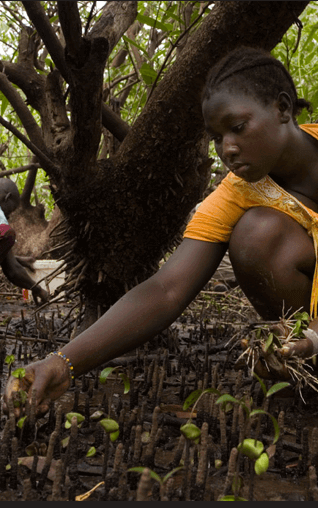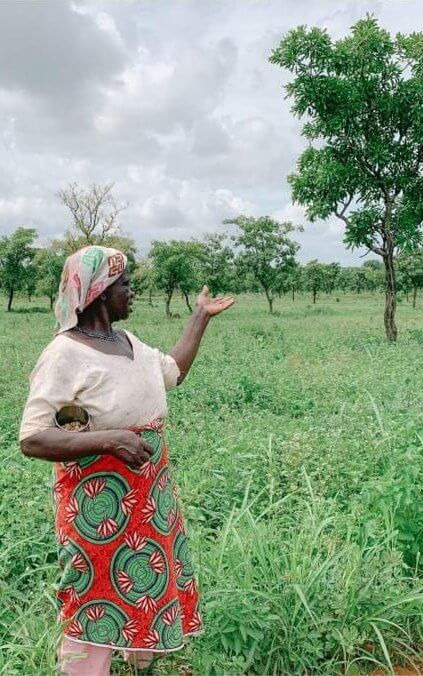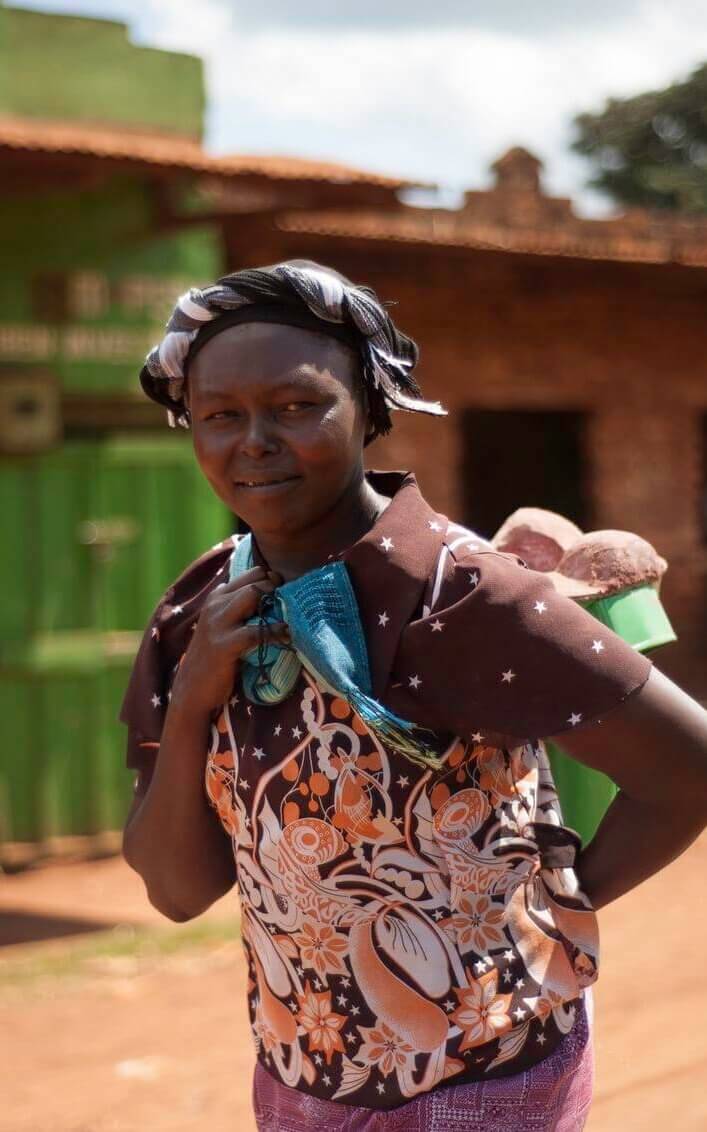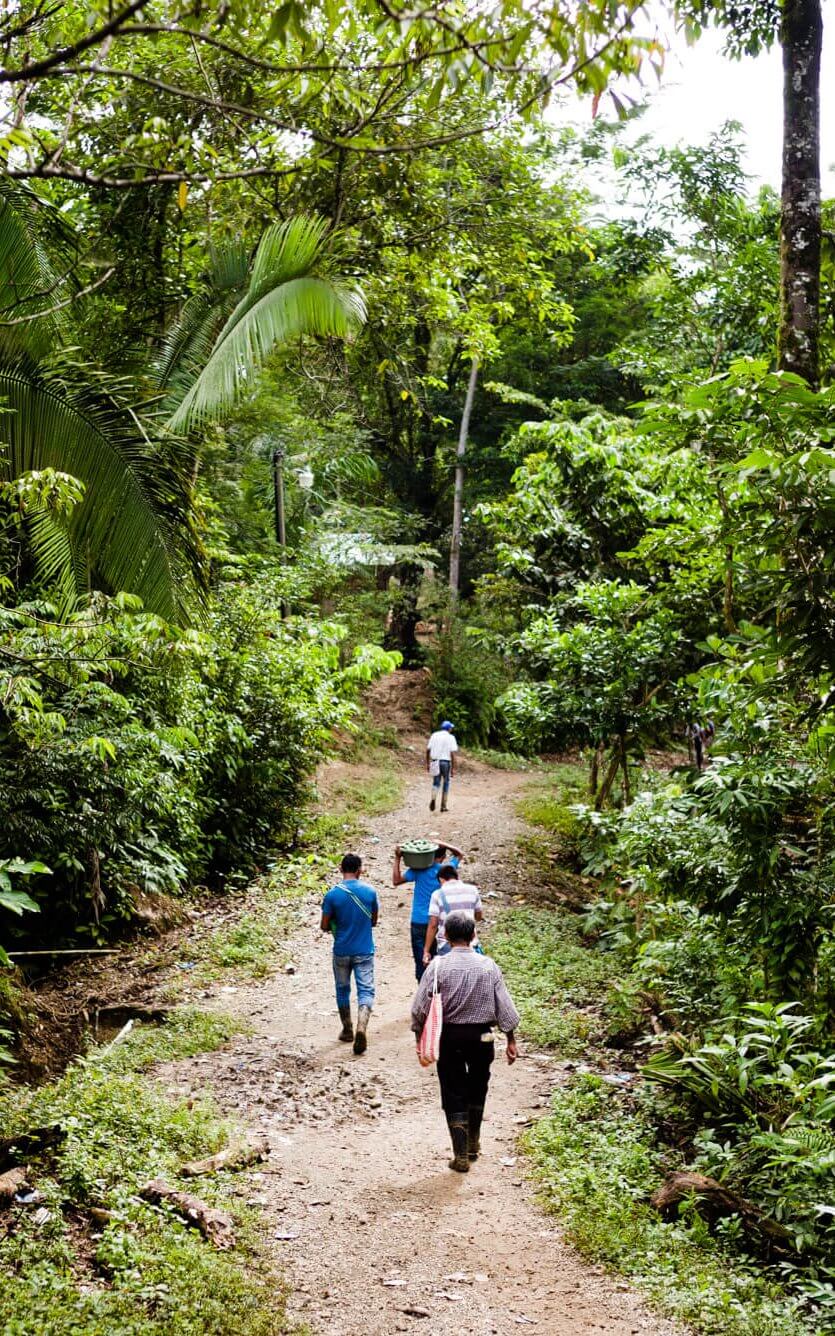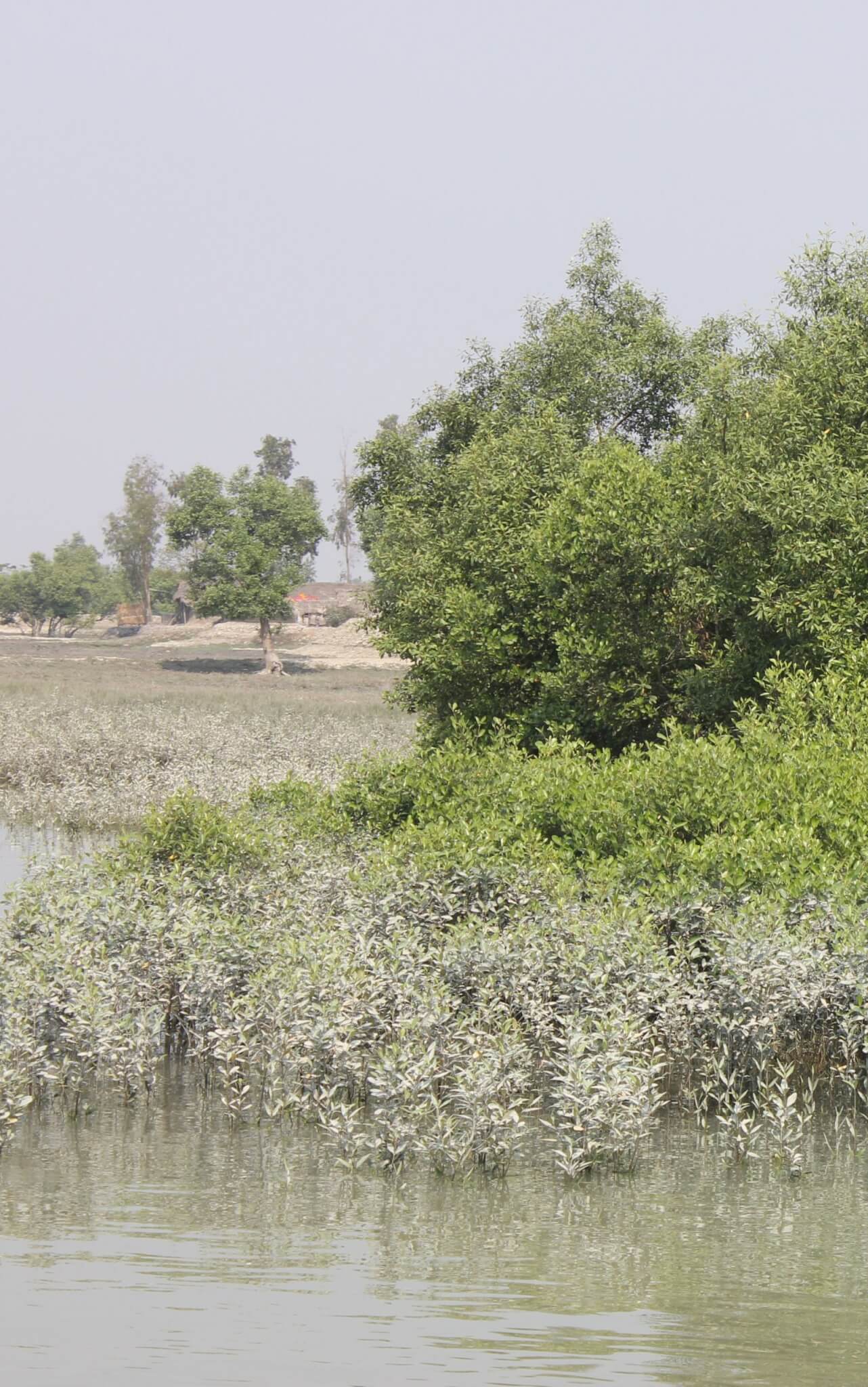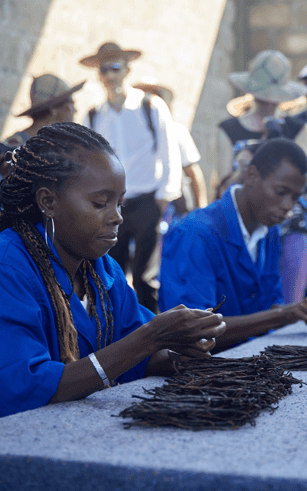Implemented in Asia, Africa, Latin America and more recently in Europe, Livelihoods’ projects have been pursuing the core mission of the Livelihoods Funds. That is to restore the natural ecosystems which are the foundations of life on Earth, but also of rural communities’ livelihoods. Bringing together coalitions of actors who are committed in the long run (10 to 20 years), Livelihoods projects operate by considering the very local social, environmental, and economic impacts. From the coffee tree plantations of Araku Valley in India to the muddy mangrove areas of Sumatra Island, Indonesia, or the smallholder vanilla plots of Madagascar, rural and agricultural communities are the main actors of change, as their livelihoods depend on both the natural ecosystems and the land they cultivate.
Here are 10 key learnings from our experience with these local communities, about implementing high-value transformation projects. This transformation is about:
1. Rebuilding the foundations of our home, the Earth
An archipelago of islands located in the Ganges Delta, the Sundarbans form the largest estuarine mangrove ecosystem in the world. The Sundarbans forest, which is home to 4.5 million people, is a fragile ecosystem threatened by climate change, fast sea-level rise and cyclones. Together with the Indian local NGO NEWS (Nature Environment and Wildlife Society), Livelihoods initiated in 2009 a 20-year mangrove restoration project to restore biodiversity, protect coastal communities from flooding and create new economic opportunities for them. With more than 16 million mangroves restored, the project has helped recreate a rich local biodiversity: fish, birds, shrimps, and other crustaceans are back. Today, we count 500 crab collectors instead of 50 before the project was launched, providing food and income to the local communities.
2. Diversifying and increasing the income and food security of local populations
Home to indigenous tribes, the valley of Araku located in Eastern India, is an isolated area which had been highly deforested during the British settlements. The forest on which Adivasis’ livelihoods depended on, had disappeared, thus increasing farmer poverty. In 2010, Livelihoods together with the Naandi Foundation helped tribal inhabitants regenerate their forest through sustainable land practices. Through this 20-year large-scale agroforestry project, farmers learned how to make their own compost, increase soil fertility, and even produce their own high quality and organic “araku coffee” that is now sold internationally. They learned how to regenerate their forest, but also how to sustainable cut firewood and warm their houses, nurture land and manage natural resources and cattle sustainably.
Learn more about the project through our interview with Manoj Kumar, CEO of the Naandi Foundation
3. Preserving and restoring biodiversity
For decades, millions of smallholder farmers in emerging economies have relied on palm oil to make a living. And today, the challenges they need to face are many: from competition with large plantations to declining productivity or lack of financial means to regenerate their ageing trees, smallholders are mainly left aside of the transition to sustainability. Livelihoods launched in 2021 an unprecedented 10-year project to help 2,500 smallholder palm oil farmers achieve a sustainable shift of the supply chain in Sumatra Island, Indonesia. The project is building a transparent and deforestation-free supply chain thanks to locally adapted agroforestry models, regenerative agriculture, and biodiversity enhancement. A total of 8,000 hectares of palm farms will be regenerated in degrading land areas, while additional 3,500 hectares of local biodiversity will be restored.
4. Transforming our agricultural models in a systemic approach
As the leading agricultural region in France and the third largest in Europe, Brittany has put agroecology at the heart of its economic, social, and environmental strategy. About 20 years ago, a handful of farmers in Finistère department, motivated to restore soil health, embarked on a new approach: regenerative agriculture. With the main objective to conserve the organic properties of the soil, regenerative agriculture is an agroecological production model based on agricultural practices whose primary objective is to increase its organic content to improve its fertility. In 2021, Livelihoods launched its very first project in Europe, in Brittany region, to accompany 100 farmers in their transition to regenerative agriculture. The project is helping shift to an agricultural model based on healthier soils, more biodiversity, less production costs and more attractive conditions for the young generation of farmers.
5. Local communities taking ownership of the projects
Launched in 2009, Livelihoods’ mangrove restoration project in Senegal aimed at restoring a fragile ecosystem that protects arable land from salinization and produces fish resources (fish, shellfish, crustaceans) and wood. Implemented with Senegalese NGO OCEANIUM, this large-scale project involved more than 200,000 inhabitants in 450 villages, who planted 10,000 hectares of mangroves with their own hands. 12 years later, a social impact study measured the social and economic impacts of this project and the results are encouraging: thanks to the restored mangroves, fish is back (counting more than 4,200 tons of fish catch per year) as well as shrimps, crabs, shells, mangrove salad, honey, and fodder. Today, local villagers still act daily on the ground in Casamance estuary to protect “their” mangrove and this restoration programme remains one of the actions they are the proudest of.
6. Women farmers being actors of change
In northern Ghana, the fourth largest shea kernel producing country in the world, shea is an economic activity exclusively led by women. But the challenges they need to face are many: in this poorest region of the country, scarce rainfall has led to poor land, unpredictable yields, and food insecurity. From shea kernels collecting to drying, de-husking, selling to local buyers…shea is a hard but necessary work to step out of poverty. Livelihoods’ shea project in Ghana aims at building a responsible shea supply chain by providing 13,000 women farmers with sustainable income, diversified agricultural production and preservation of the shea natural ecosystem in a particularly arid area. The project aims to help the women of shea gain more from the kernels they harvest and boost new sources of income to help them get out of the poverty trap.
7. Operational solutions for sustainable rural energy
In Latin America, Africa, and Asia, noxious smokes from traditional and inefficient cookstoves kill close to 4 million people every year. According to the Clean Cooking Alliance, cooking over polluting open fires or unsustainable stoves emits over one quarter of global black carbon emissions: the second largest contributor to climate change after carbon dioxide. Made from local raw material, efficient stoves directly improve the beneficiary families’ health as they are less exposed to toxic smokes.
In Embu County, Kenya, Livelihoods has equipped 120,000 families with efficient cookstoves that help reduce wood consumption by 60% thus helping preserve forests and protect the watershed of Mount Kenya which brings water to surrounding villages. To date, thanks to the project, an equivalent of 1 200 hectares of forest is being saved and 1 million trees planted.
8. Investing in the long run
The mountain range of Cerro San Gil, bordering Guatemala, Honduras, and Belize is a major water source and one of the most beautiful biodiversity treasures on the Caribbean coast. It is classified as a nature reserve. But this region has been severely threatened by the impact of human activities as rural communities are continually pushed further upslope and forced to search for arable land.
Implemented by local NGO Fundaeco, Livelihoods agroforestry project in Cerro San Gil is a large-scale reforestation and agroecology project implemented with Q’eqchi’ communities, to couple natural resources preservation and improved livelihoods. Launched in 2014, the project has helped plant 4 million trees and plants of various species (citrus, coffee, cardamom, cocoa, mahogany, laurel, cedar…), including rubber plantations with cardamom: Guatemala’s tropical forests are ideal for growing cardamom whose expensive oil is used in cooking, aromatherapy and even in perfume. Close to 2, 000 hectares of land have already been restored.
9. Contributing to resilience
Born in the aftermath of Aila Cyclone that hit the Sundarbans region in 2009, Livelihoods’ mangrove restoration project helped restore more than 16 million trees to form a natural barrier against flooding. Sadly enough, the Sundarbans were once again hit by natural disasters, this time by Amphan cyclone that hit Bengal, Eastern India, on May 20th 2020. Amphan is reported to be the most devastating tropical storm in the region since 1999. With speed winds reaching up to 265 kilometres per hour and heavy rainfall, the cyclone had particularly impacted Kolkata and the Sundarbans. But the 4, 000 hectares of mangroves restored tewithin Livelihoods’ project with the local communities stood still. Almost ten years later, the restored mangroves acted as a natural barrier to Amphan cyclone, thus preserving the embankments from flooding and salination. All local populations were evacuated in shelters, thus highly protected from the cyclone.
10. A new generation of farmers
The second most expensive spice in the world after saffron, vanilla is a consumer favourite. But also a very complex and fragile industry due to strong speculation, lack of transparency and strong exposure to weather events. In Madagascar, where most of the global supply comes from, rural poverty is reaching up to 81%. In 2015, Livelihoods and a coalition of partners acting at every step of the value chain, launched an ambitious 10-year project to build a sustainable vanilla supply chain with 3,000 smallholder farmers. The project helped create a cooperative to better connect the farmers with the market, while preserving 4,500 hectares within a unique tropical forest rich in biodiversity: Pointe à Larrée. Plus, the project has allowed to open an agricultural school to train the young generation of farmers.
In December 2021, the school celebrated its first graduates. Five years after its launch, a social audit showed the project’s promising results, demonstrating that the transition towards a resilient and high-quality vanilla is certainly underway.



